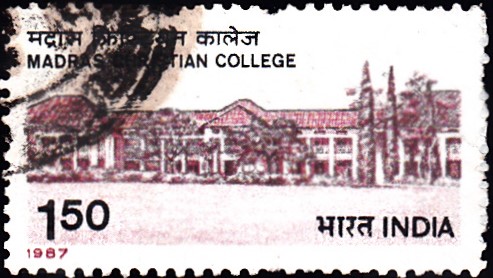
Madras Christian College
A commemorative postage stamp on the 150th Anniversary of Madras Christian College (MCC), an autonomous arts and sciences college in Chennai, Tamil Nadu :
 Issued by India
Issued by India
Issued on Apr 16, 1987
Issued for : The Department of Posts is happy to issue a commemorative stamp on completion of 150 years of Madras Christian College.
Description of Designs : The 150 P denomination two colour stamp has been designed by India Security Press, Nasik Road. The first day cover shows the special emblem of 150 years of Madras Christian College. The cancellation has been made by Miss Nenu Bagga.
Type : Stamp, Postal Used
Colour : Two colour
Denomination : 150 Paise
Overall size : 4.06 x 2.28 cms.
Printing size : 3.75 x 1.98 cms.
Perforation : 13 x 13
Paper : Un W/M P.G. Matt Coated Suitably calendered Stamp Paper
Number printed : 15,00,000
Number per issue sheet : 50
Printing Process : Photogravure
Printed at : India Security Press
About :
- The institution of Madras Christian College started with the arrival into the country in 1837 of the young missionary, John Anderson. He set up school, one of many, in Georgetown, Madras and nursed it through its teething problems.
- Miller was the Principal of the new college for its first thirty years and it reflects on his dynamism that in ten years, the college had burgeoned into one with 10 British Professors, 15 Indian Staff and 600 students. Five years later, there were 800 students in enrolment and 12 Professors. In 1911 Honours courses were started: their higher course content raised to levels obtaining in British Universities, raised a challenge which the better segments of students accepted.
- The Indianisation of the staff sprang from his belief that the Indian mind influenced by Western thought and discipline, was second to none. A bachelor, Miller found his family in the staff of the College and his students: his dedication to them was single-minded, his involvement, total. The students were admitted irrespective of castes and thus the College was totally egalitarian.
- It was to much enthusiasm and expectation that the College moved to the spacious, airy buildings delectably laid out on the sprawling 400 acre site in Tambaram. The move to Tambaram had been warmly approved by the Lindway Commission on Higher Christian Education of 1930-31 and two new features in College bore the fruits of its advice. One was the merger with the College of two South Indian Colleges: Meston College and the Bishop Heber College, Trichy. The other was the restructuring of the residential system into larger semi-autonomous Halls where staff and students could live together in close fellowship.
- Hogg for a year and Boyd for 18 years carved out a new haven on this earth. Boyd‘s resplendent gifts as administrator, teacher and person led the team which created the format and evolved a unique life style.
- The year 1962 marked the advent of the first Indian Principal, Devanesan, who lost no time in spelling out his vision of the College in a developing India.
- In 1977, the final document granting autonomy to the College was received. Autonomy has, indeed, helped to bring academic pursuits closer to the centre of the life of the student and the teacher. Among staff too, a new professionalism set in with the need to excel in the work of departments offering courses up to the doctoral level. The 72 PHDs on the Faculty today is by far one of the highest for any College in India and is a measure of its viability as an institution.
- Cultural Festivals and Hall Days continue to be high points. The College hosts more than 40 associations and clubs which provide the forum for more thriving interaction among students. There are organisations with a strong service emphasis like the Students Service for the Blind, the Family Life Institutes, the National Service Scheme and the Leprosy Clinic. The Centre for Integrated Rural Development Studies was the first of the service oriented courses offered by the College.
- Dr. S. Radhakrishnan, second President of India and renowned philosopher, had spoken of the role of the college in his career. The continuing viability of the college lies in its adaptability and resilience, its ability to respond with wisdom and courage to time and tide.


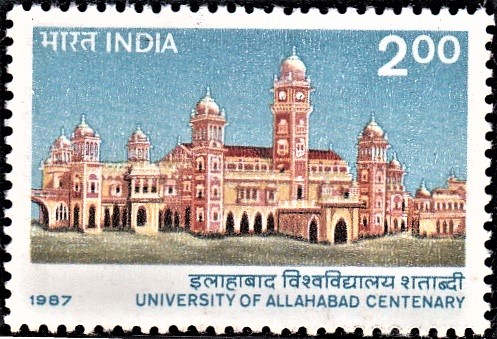
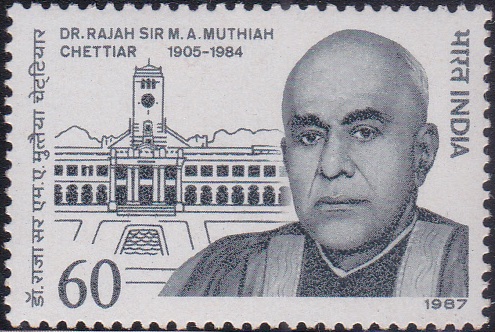
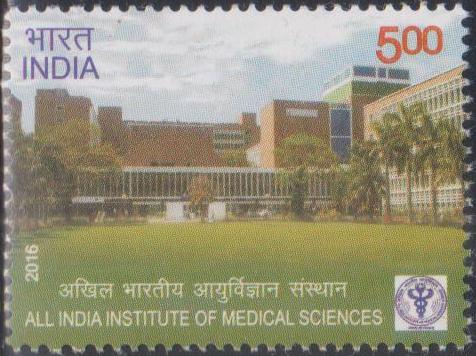
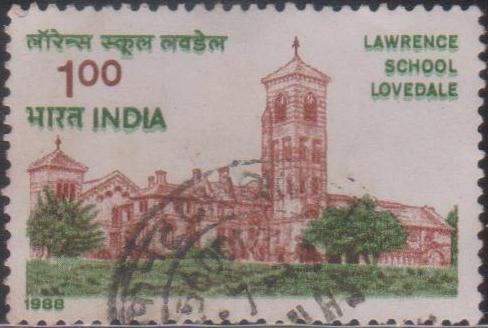
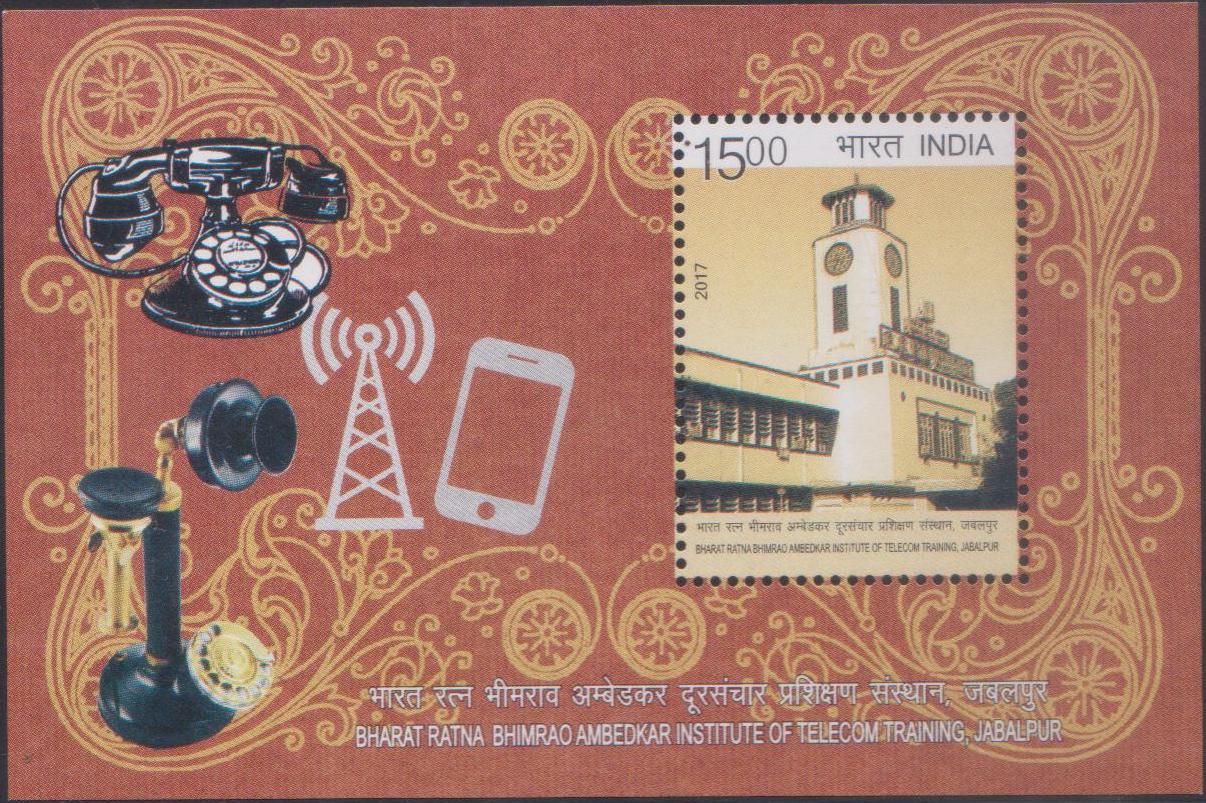
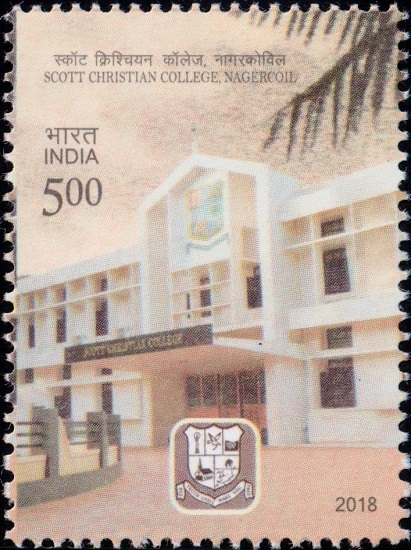
[…] at Ramakrishna Home, Chennai and Maharajah’s College, Pudukottai, Ganesan graduated from Madras Christian College, Tambaram and started his career as a lecturer in this College. But soon he joined Gemini Studios […]
[…] in Messrs King and Company dealing in timber. After graduating from Pachaiyappa’s College and Madras Christian College, Calavala Cunnan Chetty took over the family business. As a result of his persevering efforts and […]
[…] Adigal worked as Tamil Lecturer at Madras Christian College for 13 years. During his tenure, he was instrumental in the college producing many stalwarts of […]
[…] State. Satyamurti after finishing Intermediate in the Pudukottah Maharaja’s College joined the Madras Christian College for his B.A. (History). After graduation, he worked as a tutor in his own college before joining […]
[…] passed BA degree in Madras Christian College and fulfilled his ambition to become a medical practitioner by securing M.B.C.M. Degree. He chose […]
[…] He received his early education in his native place and later at Machilipatnam. He studied at the Madras Christian College under the stewardship of that great educationist, Dr. Rev. Miller, whose ability, high standards […]